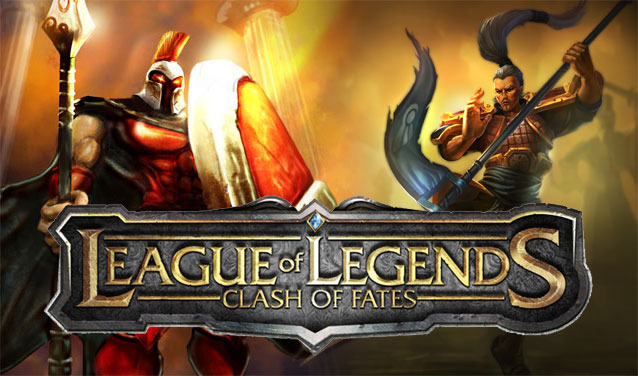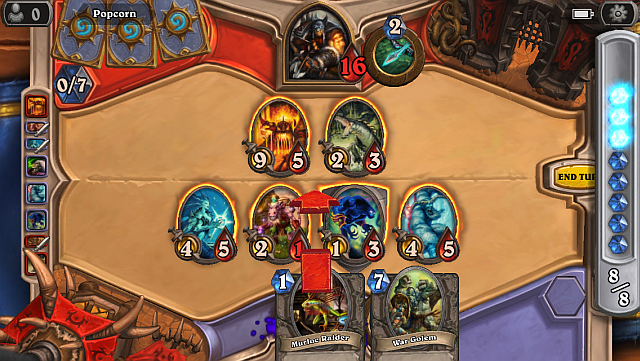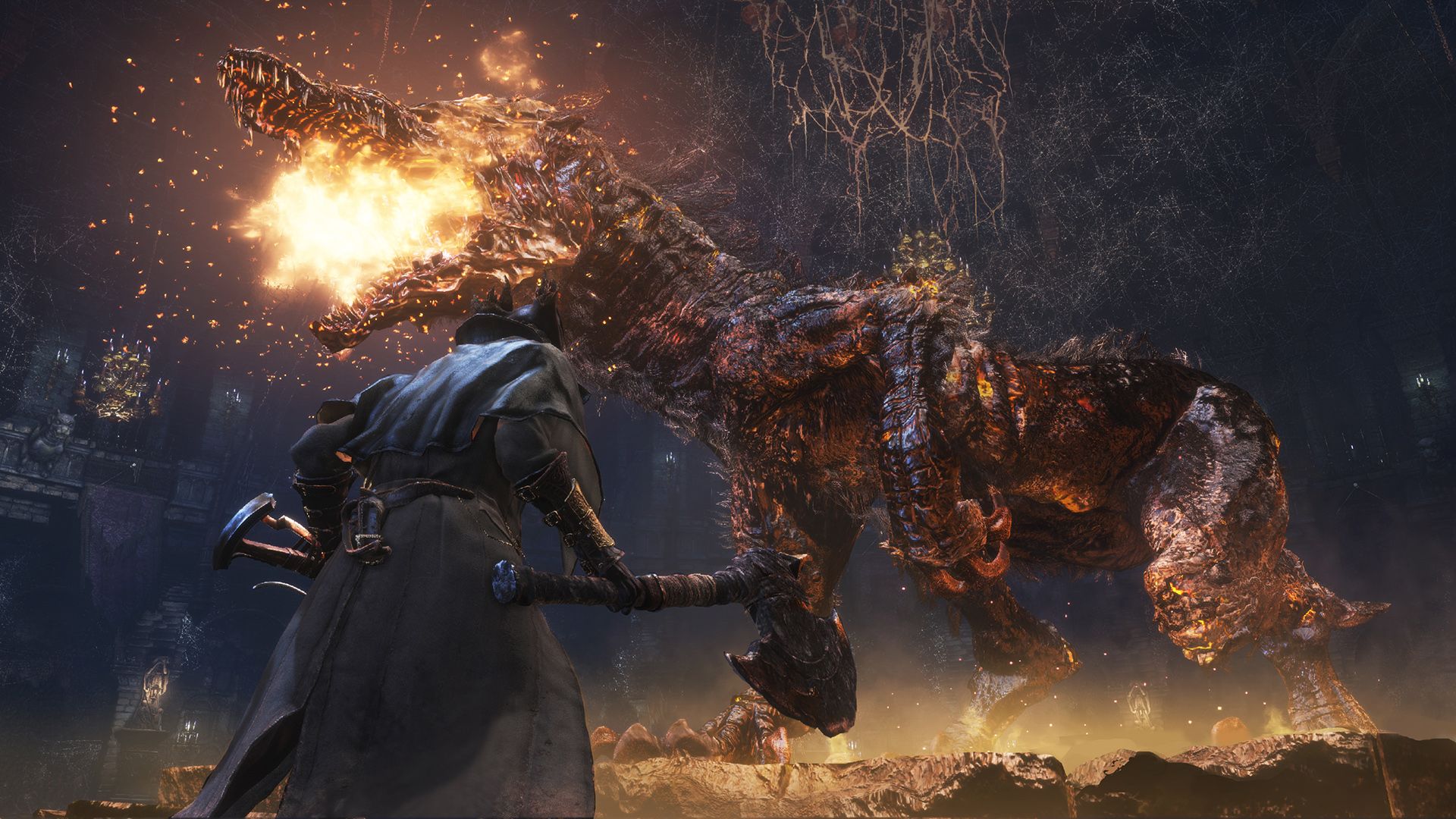

Pandora’s Box’s greatest mystery? Not the sudden death of Layton’s former mentor. Nor a train ticket to nowhere. It’s not even the eponymous insta-kill box itself. All we want to know is this: what happened to Luke’s voice? The boy who put the ‘uh?’ into ‘pra-fess-uh’ has taken a turn for the worse. Previously he was Audrey Hepburn in My Fair Lady bad, now he’s gone full Dick Van Dyke cockney.
It’s not the most obvious difference, but Layton has changed so little since Curious Village that it stands out. As flummoxed as we were playing their earlier game, the only people Level-5 truly outfoxed were themselves – perfecting the format first time round left little room for tinkering. Layton’s back, Luke’s back and so is the infernal background accordion. Smother it all with Level-5’s dreamy Gallic take on Victorian Britain and you sometimes wonder if you inserted the wrong game cart.
As long as the puzzles are up to scratch this game could play out over a slideshow of graphic endoscopic images and we wouldn’t mind. Rummaging in Akira Tago’s back catalogue (talking of endoscopes) digs up 150 puzzle gems, with little repetition from the first game. You’ll recognize the block-sliding conundrums – comically, ‘save the princess’ becomes ‘save the luggage’ – and the tricky approach to wording the questions, but it’s mostly fresh. And when you’re done there’s a weekly puzzle to download via Wi-Fi.
If only Level-5 had been around to set our math exams, as they have a gift for disguising po-faced exercises as tasty brain snacks. Sliding blocks, shunting trains, scooping up pancake piles – the stylus controls are beautifully tactile, while traditional text teasers are wittily pitched and illustrated. Memo pads, text recognition, stylus work – it boasts the cleanliness of Brain Training, combined with the old-fashioned character missing from Nintendo’s sterile lifestyle titles.
One minor complaint: a handful of spot-the-difference puzzles (ironic, considering this game’s similarity to the first) ask too much of the screen resolution. Level-5 play to the DS’s strengths 99% of the time, but fine detail isn’t one of them. Luckily, these tests – playable once you’ve pieced together Layton’s camera – are optional.
Rating a Layton adventure puts us in the same frame of mind as when we rate a Phoenix Wright installment. They’re exactly that: installments. Mechanically, the fundamentals go unchanged, leaving us to focus on the story. Yes, it’s the old TV show analogy: how does series two hold up to series one? Like most second series, this is more ambitious, transporting us between three major locations, each roughly the same size as the first game’s St Mystere. Level-5 also has a lot more fun with the established characters. Layton’s Englishness has been pushed further into caricature – a new minigame has you force-feeding strangers different blends of tea. Luke’s shrill cockney act still grates, but it’s counterbalanced by the arrival of a hamster with a heavy Brooklyn accent. Totally incongruous, but playfully fun nonetheless.
Level-5 knows what we want. Luke and Layton argue about tea. Layton goes ice skating. An old face returns in a ridiculous twist. Layton has a swordfight. A train conductor roars out station names like a rock god. And it all builds to a revelation of such colossal silliness that it makes the original game’s denouement look like Steven Spielberg at his most serious. To top it off, it concludes on a genuinely sweet note and a lovely little ditty over the credits. It’s pure fan service and, as fans, we feel satisfyingly served.
Aug 25, 2009




 You Can Get a $10 Android Smartphone, But Should You?
You Can Get a $10 Android Smartphone, But Should You? Little Wheel Walkthrough
Little Wheel Walkthrough Hearthstone on iPhone is Finally Here! Should You Download It?
Hearthstone on iPhone is Finally Here! Should You Download It? Welcome to Bloodborne: Heres what I wish Id known from the start
Welcome to Bloodborne: Heres what I wish Id known from the start The Legend of Zelda: Majoras Mask 3D review
The Legend of Zelda: Majoras Mask 3D review